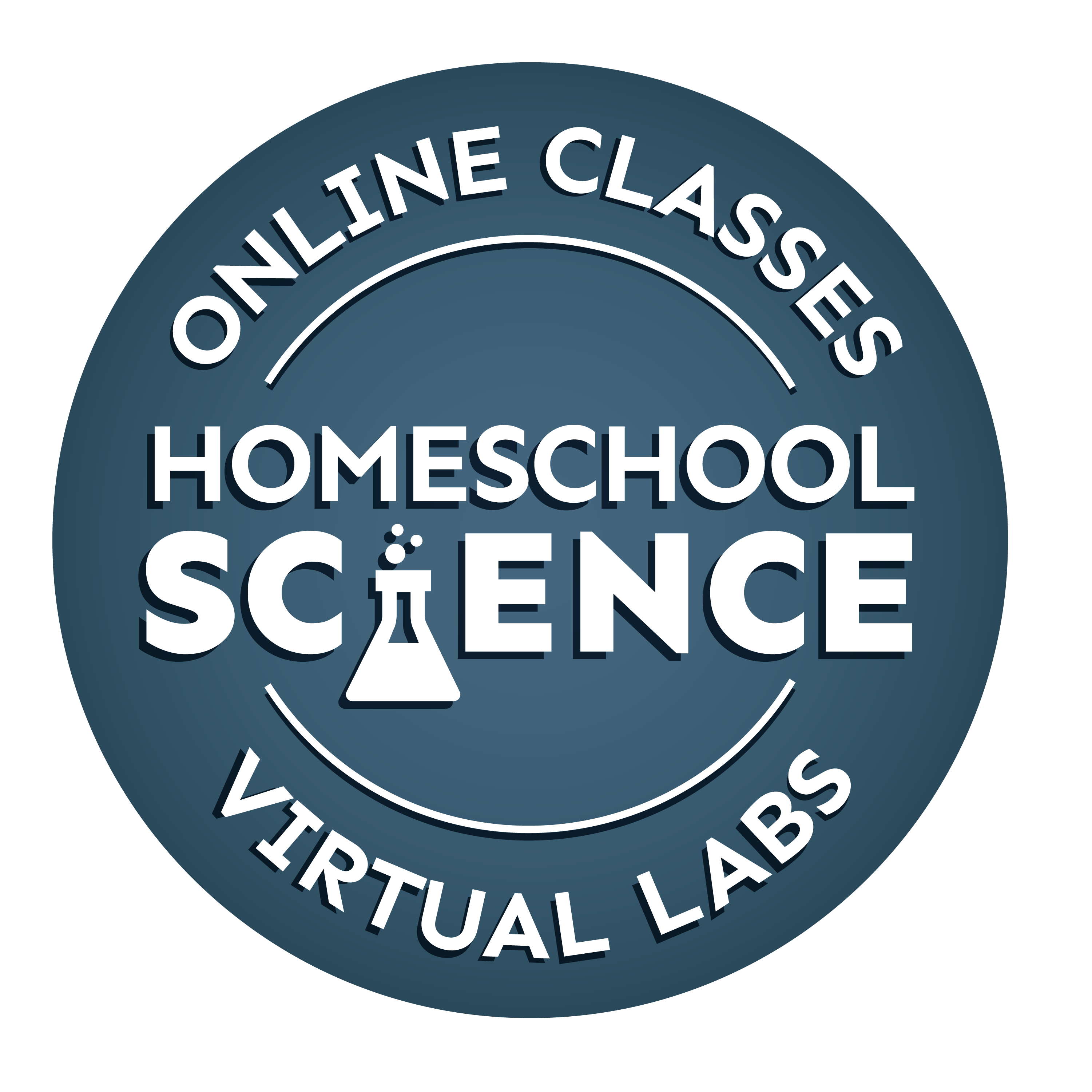You know we love games over here! I have another one to share with you today from Timberdoodle, Battle Sheep! Battle Sheep is manufactured by Blue Orange Games and is geared for ages 7 and older or 2nd grade and up. It's a 2-4 player game that averages ~ 15 minutes per game.
What's included? This game includes 16 pasture boards, 64 sheep tokens (16 of each color - blue, red, black and white) and an illustrated rules booklet.
Game Set Up & How to play? Each player takes 4 pasture boards. If you are playing with 2 players then 8 pasture boards will be used for the game board, if you are playing with 3 players then 12 pasture boards will be used and so on. Players take turns setting up the game board. So player one lays down a pasture, the next player connects one of their pastures, etc. until all the boards are connected into one playing field. All boards have to be connected by at least one side.
Then, beginning with the youngest player, they place their sheep stack on one of the pastures on the outside perimeter of the playing field. The rest of the players follow suit. Next, you begin moving your sheep. On your turn, you split one of your sheep stack into two stacks (you get to decide how many sheep are in each stack) and move your new stack as far as it can go in a straight line until you either reach another sheep stack or cannot go any farther. You must leave behind at least one sheep every time you move. You can also only move in a straight line. You cannot have more than one sheep stack in the same pasture and you may not jump over other sheep. If your sheep stack is blocked on all sides by other sheep, then it is trapped and cannot move. You are out of the game when you cannot move any of your sheep. When all the players cannot move their sheep, the player who occupies the most pastures wins. Basically in this strategy game, opposing sheep are battling for the most pastureland. The player that captures the most pasture space with their sheep wins the game!
If there is a tie (which we have had several times as noted above), the player with the largest herd of sheep (most occupied pastures connected by at least one side) wins the game.
I love that this game helps kids think tactically as they have to plan ahead and not just one move at a time. Likewise, players should be thinking about strategy and both offensive and defensive moves. I really appreciate that every game is unique because the game board is ever-changing. I also feel like this game gets better and better the more you play it. We are really enjoying it in our home and it's such a great addition to our game resources!
This is currently included in Timberdoodle's 3rd grade curriculum kit and we highly recommend it!

















































